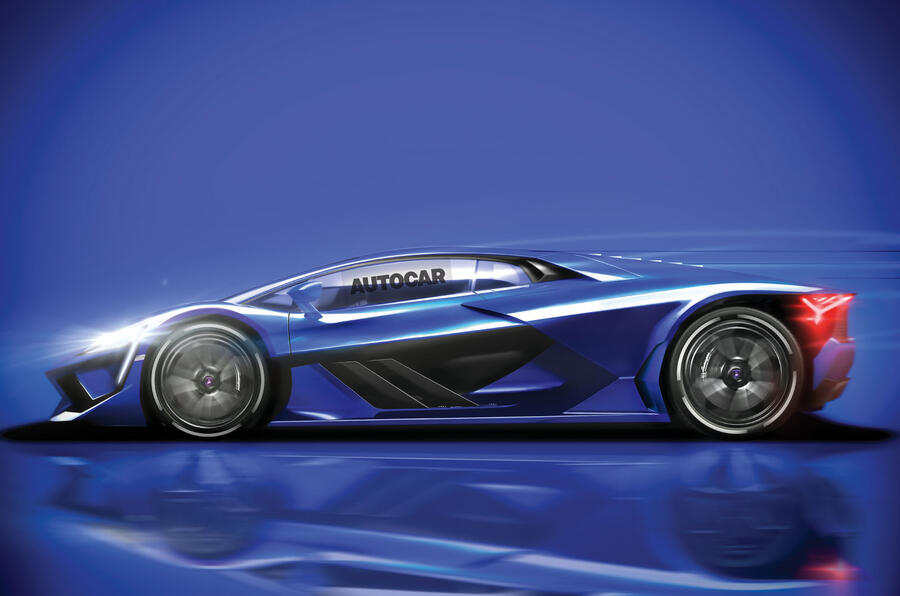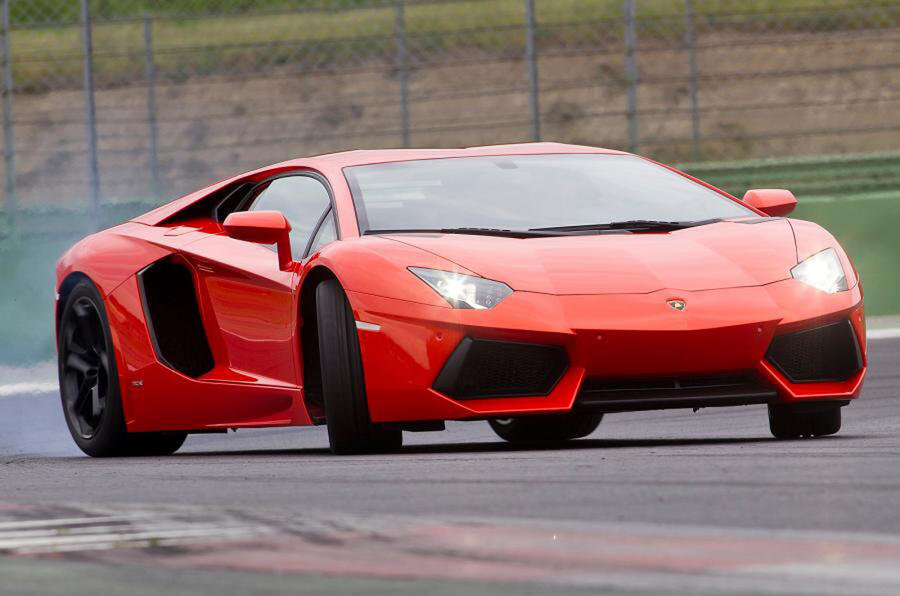“I always say that I prefer to have 10kg less rather than 1hp more, even if the power-to-weight ratio remains the same,” Reggiani said. “But I imagine the starting point of the car will be heavier, no doubt. What will be the end game? We don’t know. Improvements will happen.”
One side effect of the switch to hybrid powertrains is that Nürburgring Nordschleife records will become substantially harder. Reggiani thinks the Aventador SVJ’s 6min 45sec production car lap record could stand for some while. But it also means Lamborghini is considering using a split hybrid system with an electrically powered front axle rather than a blended set-up with electrical power sent through a conventional transmission.
“My personal idea is that this is the best concept, to give the best control and management of the chassis,” he said. “It would be easy to have full torque vectoring at the front, to help compensate again for the increase in weight with more agility.”

The challenge with direct electric drive is that it becomes less effective as speeds increase – a clear problem for a Lamborghini – but Reggiani admits that using a transmission (as BMW has done with the i8) is a workable solution.
“I think yes, you could have a gearbox in the front. This is my vision,” he said. “It can be much more manageable to have an electric motor in the front because you don’t need any kind of propeller shaft. I think it can be the best solution.”

The naturally aspirated hybrid powertrain will give the Aventador an edge over rivals that have achieved similar performance through turbocharging or downsizing. “For me, turbo engines have a reduction of emotion,” Reggiani said.
It is not yet clear what the Aventador replacement will be called, although a bull-related name for each new model is usual. But there will be another leap in straight-line pace, with four-wheel drive retained, and a dramatic body design.